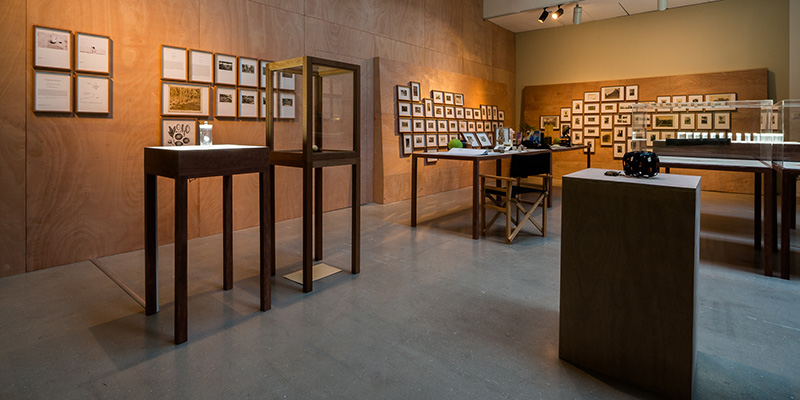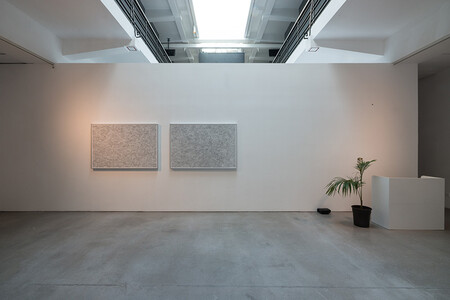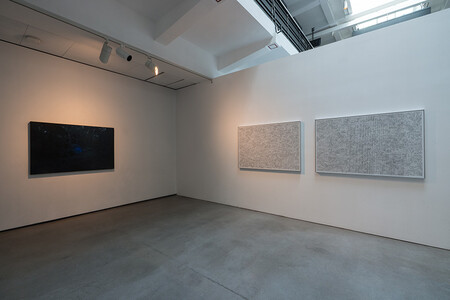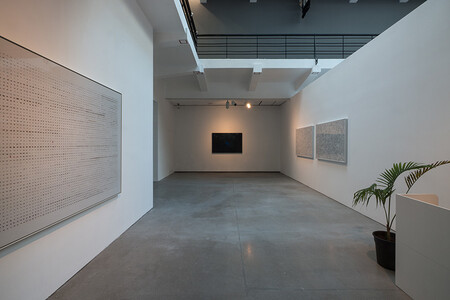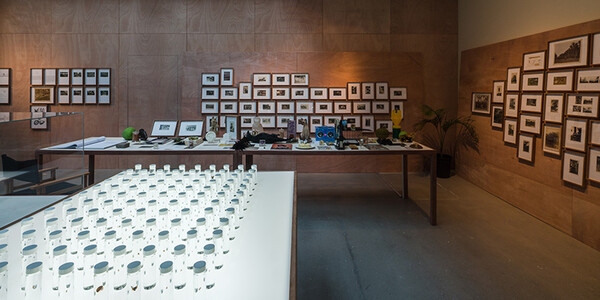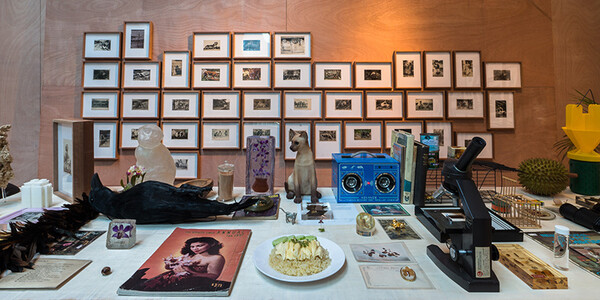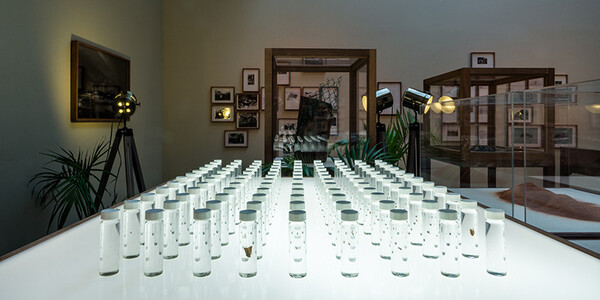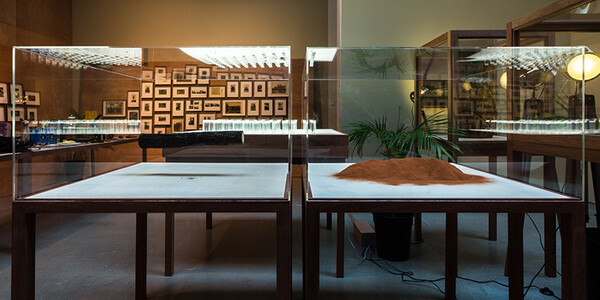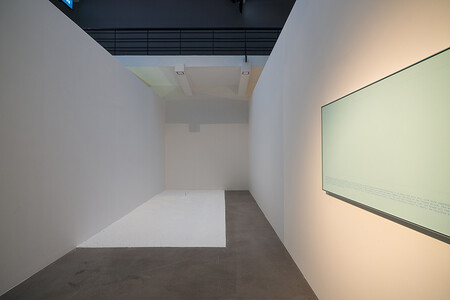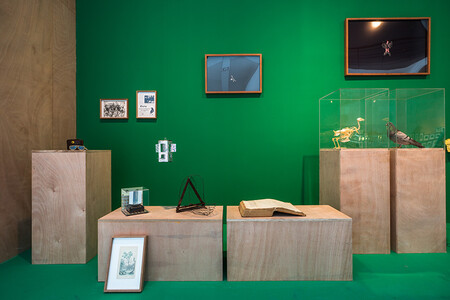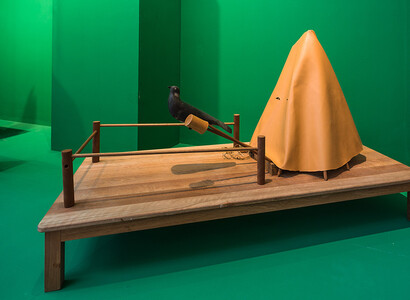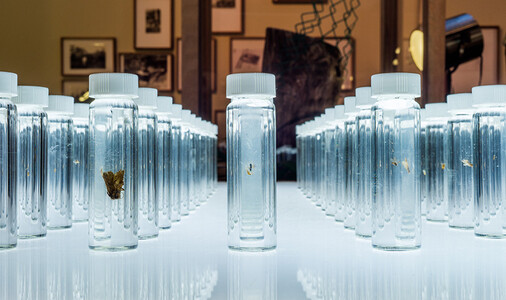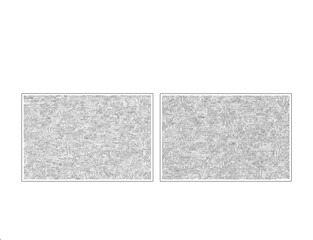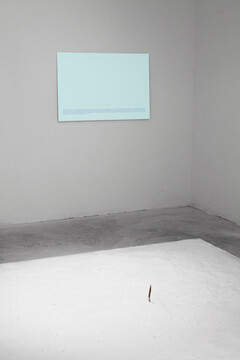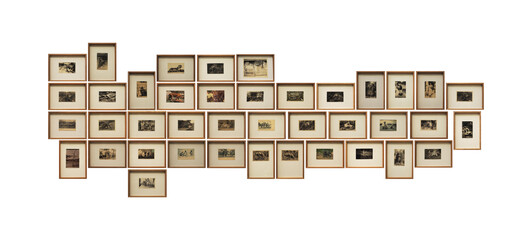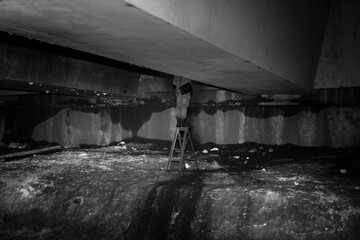Solo Exhibition Rockbund Art Museum, Shanghai
The HUGO BOSS ASIA AWARD, — which is made up of the award selection process, the exhibition of the finalist artists and the on-going public and educational programs — has served as a platform for young talented artists throughout Asia, and is committed to exploring and presenting different artistic and social contexts in present-day Greater China and Southeast Asia. “The HUGO BOSS ASIA AWARD has taken a wonderful development. We are very enthusiastic about the 2017 show and the inspiring works of the nominated artists,” says Dr. Hjördis Kettenbach, Head of Cultural Affairs, HUGO BOSS AG. As Larys Frogier, the Director of Rockbund Art Museum and Chair of the HUGO BOSS ASIA ART jury elaborates, “With brilliant and often unexpected uses of video, sculpture, installation and performance, the four artists unfold through the Museum new forms of narratives and exciting jumps or twists from cultural contexts to subjective fantasies, from historical references to new contemporary social topics, from documentary displays to fictional experiences. The very unique proposals made by each of the artists demonstrate how fresh, meaningful and decisive are their contribution to invigorate the contemporary art scenes in China and Asia.”
Robert Zhao Renhui has unique artistic concepts and practices - his works lie between the documentary and the fictional, creating invisible substances by melding observation and imagination. The Institute of Critical Zoologists (ICZ) is a fictional scientific organization and program created by the artist that is devoted to natural history, visual arts and ecology. By entering the field of art though the construction of scientific discourses and images, he expresses his concerns about the relationship between humanity and nature as well as how human’s attitudes and opinions influence our own cognition of the natural world. This time, he builds up an environment relevant to a Malayan Island of nature, history and society. The exhibition space is transformed into an independent hall of a natural history museum, where there will be the installations covering the objects, materials, antiques, books and etc. that he collected during his visits to various zoos over the past ten years. Echoing the history of the museum building as the former Royal Asiatic Society building, these installations will trigger viewers’ adventurous experiences when observing and exploring the multiple narrative forms. Meanwhile, several other representative works are on show. The composition of photographs, documentary images and documents resulted from his individual interruption reminds people to reconsider the relationships between community, individuals and nature in a tumultuous society where the violent interaction between human and nature transpires.
More Pictures:
The Nature Museum 08.31, 2017 -09.09, 2017

